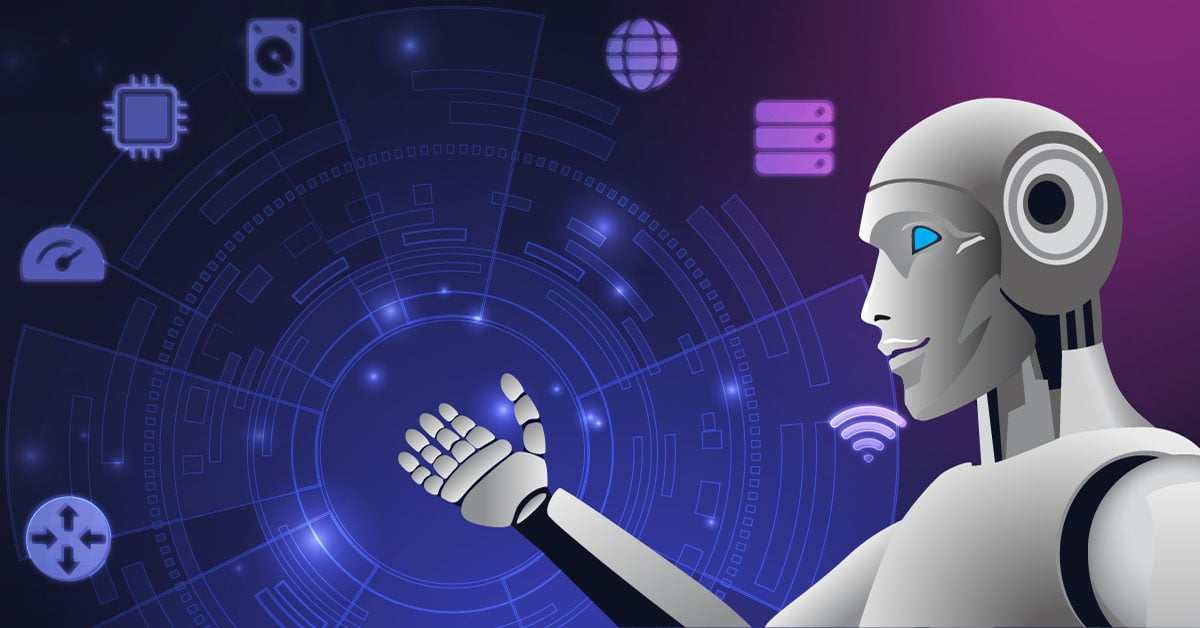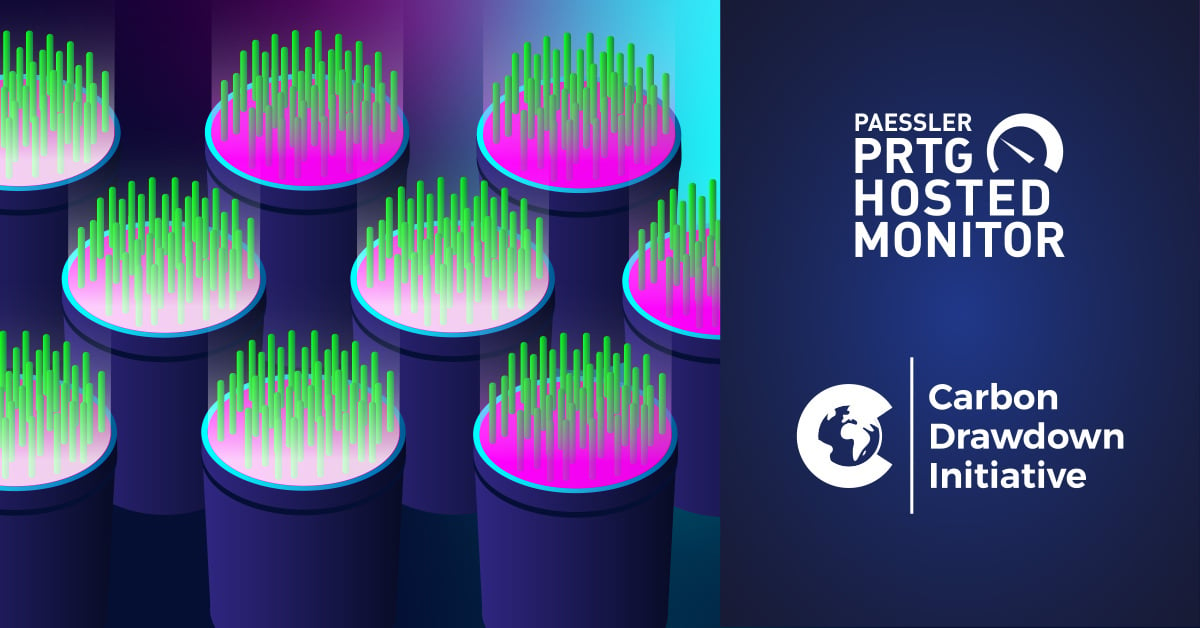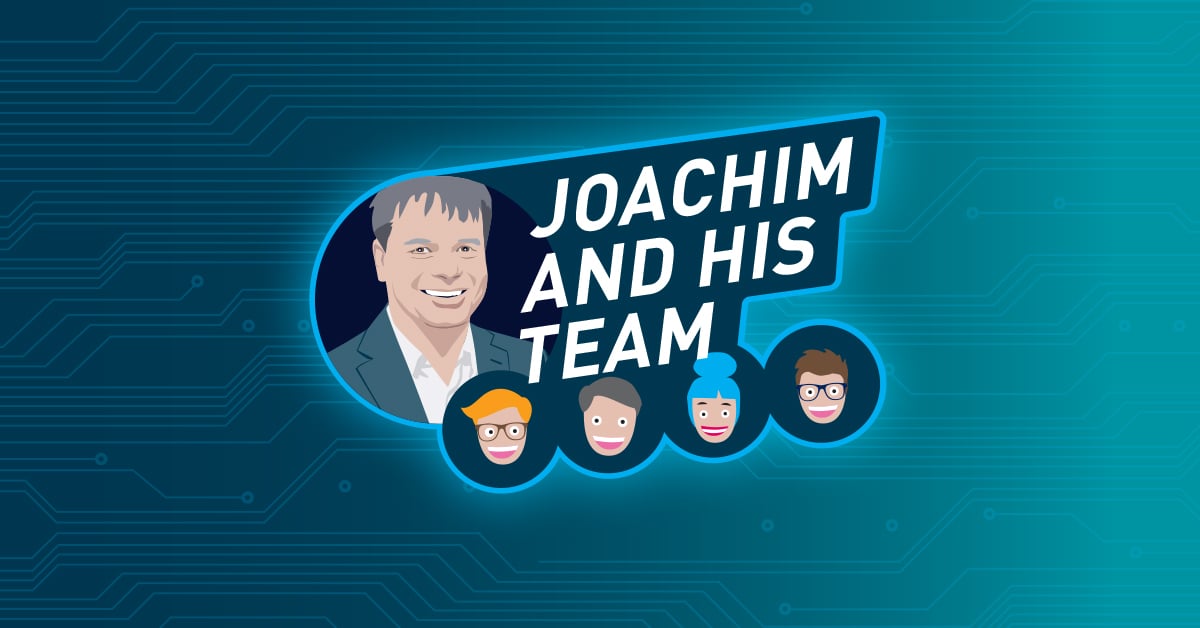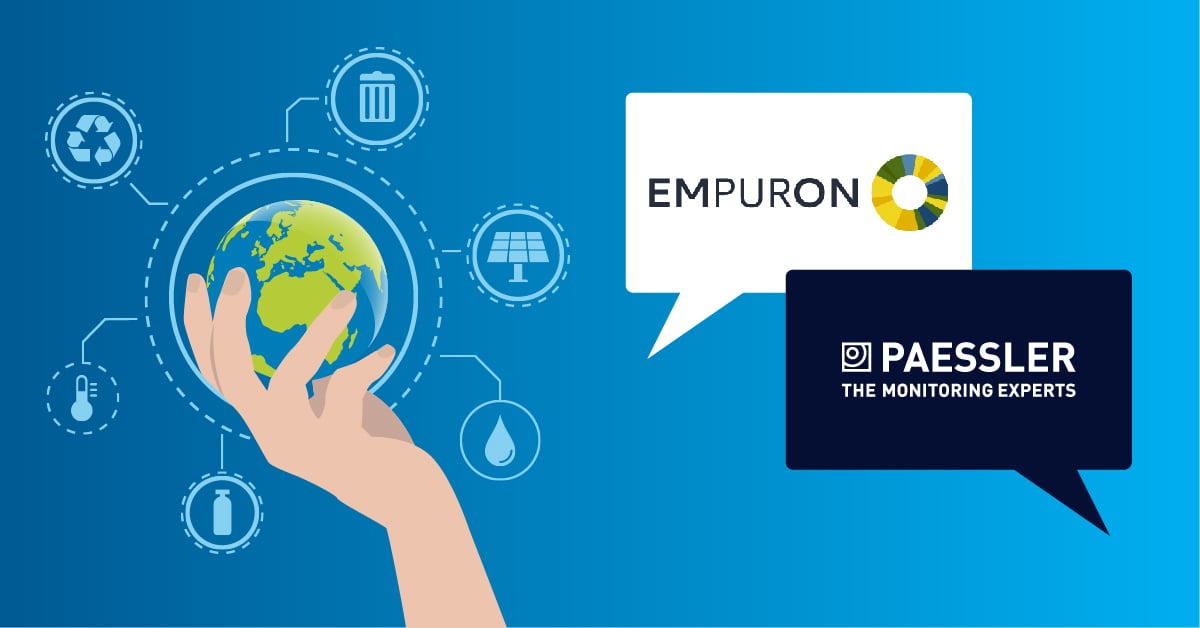Software-defined virtual machines such as VMWare and Microsoft virtual PC reformed network management in the 90's, as our hardware devices became software.
Software-defined networks left their mark on the 2000's, as network technology grew in agility and flexibility, allowing for more robust systems that demanded more of our time and energy to support and troubleshoot them.
After the advent of the smartphone in the early 2010's, managing the hundreds and sometimes thousands of connections to our servers, networks and cloud systems redefined everything we understood about creating, maintaining and adapting software itself, as filesystems became "life systems."
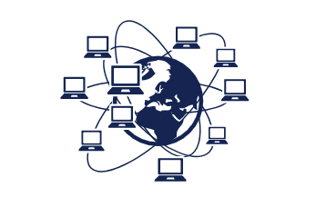
The virtualization of hardware, networks, and software are continuing to reshape the world and now have moved into the most intimate of spaces: our homes and families.
As we near the start of the 2020's, it's time to look at the "Software Defined Family" , and its impact on our lives, thoughts, and future.
In our first blog “Connected Bodies” we examined our newly evolving cybernetic selfies. The exploitation of our health and wellbeing via a set of digital health emergencies. We learned to apply patches based on awareness, behavior modification, or a combination of gaming and shaming from the software we employed to manage our health.
Utopian dream or dystopian nightmare is determined by which end of the system we manage in our connected bodies. Our health is just the start of how software has come to define our lives, bodies, and families.
It's Essential To Look Closely At How Families And Homes Are Managing Their Connections To The Internet...
At Home
It's hard to remember a time before the internet was as critical as gas, electricity or water at home. In 2010 the internet became a "basic human right" in five countries: Costa Rica, Estonia, Finland, France and Greece. This number has grown steadily throughout the decade, and in parts of the US many new homes include operating systems, such as Apple Home Kit, in the developer offering.
Our connected homes are software-defined. Can you imagine a weekend without Spotify, your PS4 or Netflix? The legacy televisions are barely getting by with 4K screens and LED backlights, being propped up by their connected appendages like the amazon firestick, Roku or AppleTV. Some families wouldn’t know what life is like at home without thermostats, lights, locks, and cameras to remotely manage their lives and environments. Even older infrastructure services like electricity, water, and gas are now being controlled remotely by our civic providers! Soon, when visiting friends, you'll have to know if Alexa, Cortana, Siri or Google is in charge of the kitchen. Can you imagine, not knowing how to turn off the lights until you understand what home AI is in use? Home may be where the heart is, but our hearts are attached to gigabit fiber!

At Work
When you leave home to head to your job, often apps help guide us to public transportation, or, for many people, our cars are now software-defined too. Starting in 2015 both apple and android shipped their carOS platforms.
Now when you purchase a new car, you don't look for an aux port or Bluetooth, but support for your carOS. Some vehicles, like the Tesla, are nothing more than a battery, an operating system and a 4G connection to the web. Elon Musk doesn't make cars, he makes telephones with wheels, and today's US automakers are not selling anything more than 4000-pound smartphone cases we call cars.
Away From Loved Ones
Those rare times our families are physically apart from us, we look to how we manage the "nodes" of our biological network. For “monitoring" - it's nicer to say “monitoring" than "surveillance" - we have geolocation, read receipts from text messages, video and audio from our conversations, and if all else fails, social media "last login", is a great way to make sure the kids are okay, somewhere. Maybe your spouse is at the mall; with each purchase your credit card pushes alerts to your phone to let you know your paycheck has been spent, efficiently. Finally, not sure if the kids are driving safe, open the car app and drop the vehicle into valet mode - nothing over 60MPH and no loud music - suddenly you're remotely controlling that baby on board!
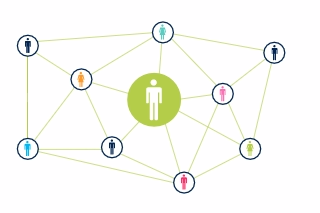
Health, Entertainment And Life
The monitoring of our family isn't the only way we manage our "biological nodes". Our families are also connected to software and hardware that monitors their health, entertainment, and life.
Often, just getting our heads around what software our families have subscribed to takes a team of accountants, or at least a few weeks of careful review, to see how much we're paying for everything. "Bring home milk," has been replaced by, "How many copies of Office 365 do we have free?" or "Who's logged into Spotify now!?" and the ever favorite: "Why are there cartoons in my Netflix queue?"
Biological Network Administrators
Whether you're single and just starting to date or married with children, you're not in a family, you are a biological network administrator. The SLA's, open tickets and root-cause analysis of your family and friend's digital woes fall on your lap right after you get home from your other job - the one that is now an escape from your digital home duties.
In the very near future our homes, cars, and services won't be able to be secured until we have verified whether our modern appliances and apps are compatible with them. We are nearing a time where you will just take a set of family preferences into your new home, and cars will be purchased or used on-demand via session specific rides. Physician vehicles, banking vehicles, shopping vehicles or even going with a movie, not TO a movie!
It's hard to comprehend how much we have connected to, and even more mind-boggling to think about how much technology we manage in pursuit of "family" time.
It’s easy to forget that our kids don’t want internet, they want us to hang out with. Our spouses don’t require the latest technology, they require affection, and our overflowing inboxes don’t need rules, they need a recycling bin!
Gotta run, Alexa is telling me it's time for bed.
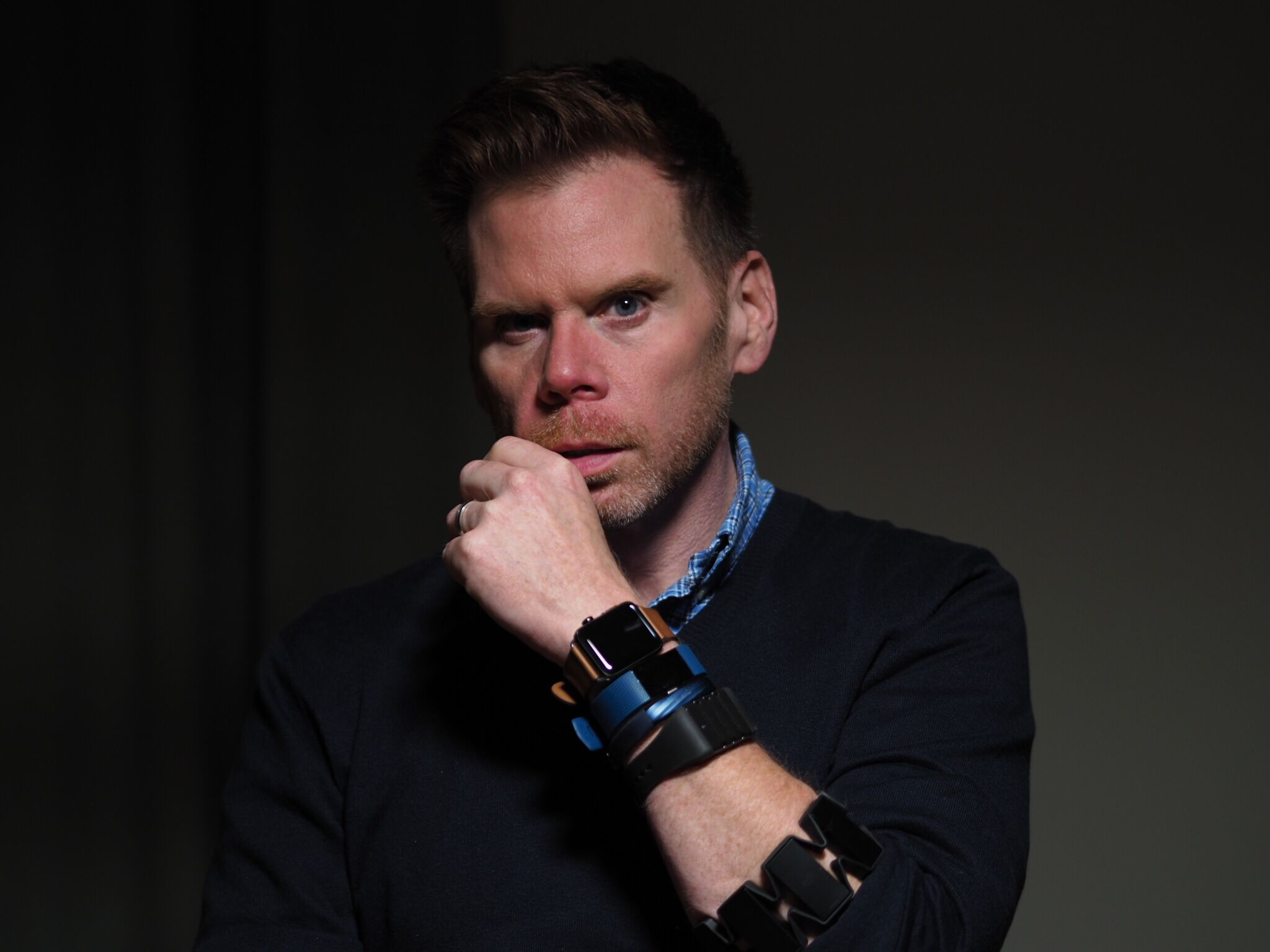 Published by
Published by 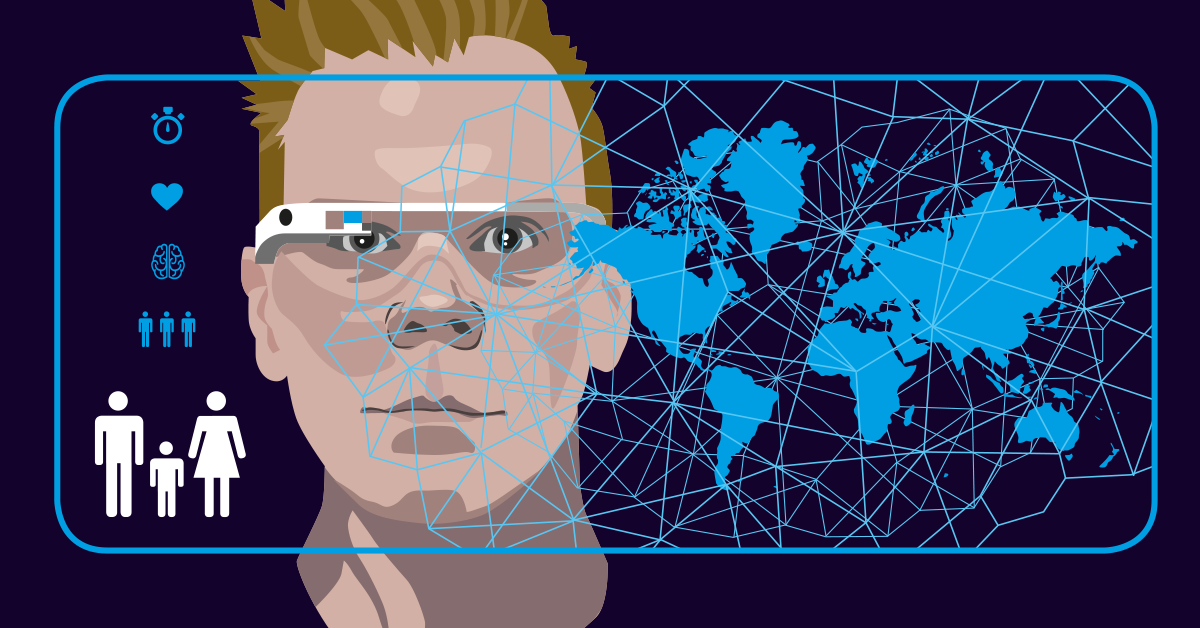
.png?width=710&height=520&name=chris-dancy-connected-families-internet%20(1).png)


